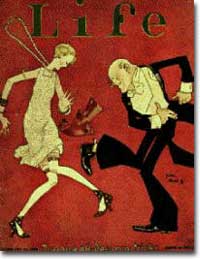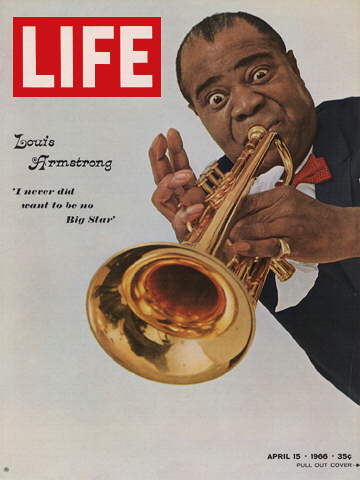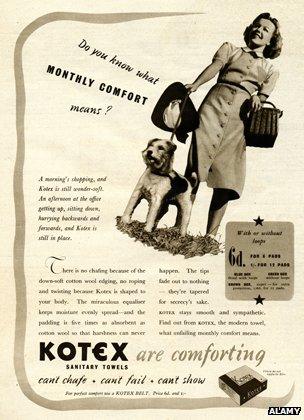Wilson-racists or activist presidency
Wilson for years has been debated among historians whether or not we as American’s should classify him as a racists who ruined American politics or an "activist president who laid the groundwork for the New Deal and the civil rights legislation” (NY Times). Before Woodrow Wilson was president of the United States he was president of Princeton University from 1902-1910. Recently over the past couple of weeks Wilson’s status has been high up in the news because Princeton students are protesting that his name be removed from its “Woodrow Wilson School of Public and International Affairs” (NY Times), this school among many others at Princeton is very prestigious around the world and removing Woodrow Wilson’s name would be a huge change in the Princeton Community.
This discussion and debate has come up recently at Princeton because both Georgetown and Yale have removed former presidents names from some of their campus buildings who were involved with selling slaves. Though the solution seems simple to many, just remove Wilson’s name from the building, the situation is a lot more complicated than many others. It is more complicated because “'Wilson really is the architect of a lot of modern liberalism…The tradition that runs through F.D.R. to L.B.J. and Obama really starts with his administration’” (Julian E. Zelizer NY Times). This decision is hard for many Princeton administrators because Wilson according to polls earlier this year was “in the top 10 United States presidents” and he did a lot of good for this country, for example his idea for the League of Nations, which would have worked well for the country if the Republicans weren’t so stubborn and angry about Wilson neglecting them in his decisions in Paris. Wilson had many accomplishments “including his leadership in WWI (he won the 1919 Nobel Peace Prize and advocacy for national self-determination in international relations and, on the domestic front, the creation of the Federal Reserve, the Federal Trade Commission, the graduate income tax, and new antitrust and labor laws” (NY Times). Wilson was one of the best presidents the United States had in terms of his accomplishments especially with his rough times especially WWI, but him being a racist puts his entire reputation at stake. Wilson did many great things for this country, but those great things were only great for the whites or WASPS. “As president of Princeton, [Wilson] discouraged an African-American prospective student from applying, calling it ‘altogether inadvisable for a colored man to enter Princeton’” (NY Times). As governor of New Jersey his administration included no blacks, and when appointed president of the United States his cabinet was heavily run by Southern racists. Wilson was a racist which tarnishes his reputation in the view of many, but he was in fact a great president. Though I am anything but racist I believe that the Woodrow Wilson School of Public and International Affairs should remain with the name it has always had. Wilson was a great president and was fabulous with both international and public affairs and to keep his legacy I believe that it is ok for Princeton University to keep the schools name the way it is even though Wilson was in fact a racist.
http://www.nytimes.com/2015/11/30/arts/woodrow-wilsons-legacy-gets-complicated.html?_r=0
http://www.nytimes.com/2015/11/30/arts/woodrow-wilsons-legacy-gets-complicated.html?_r=0










